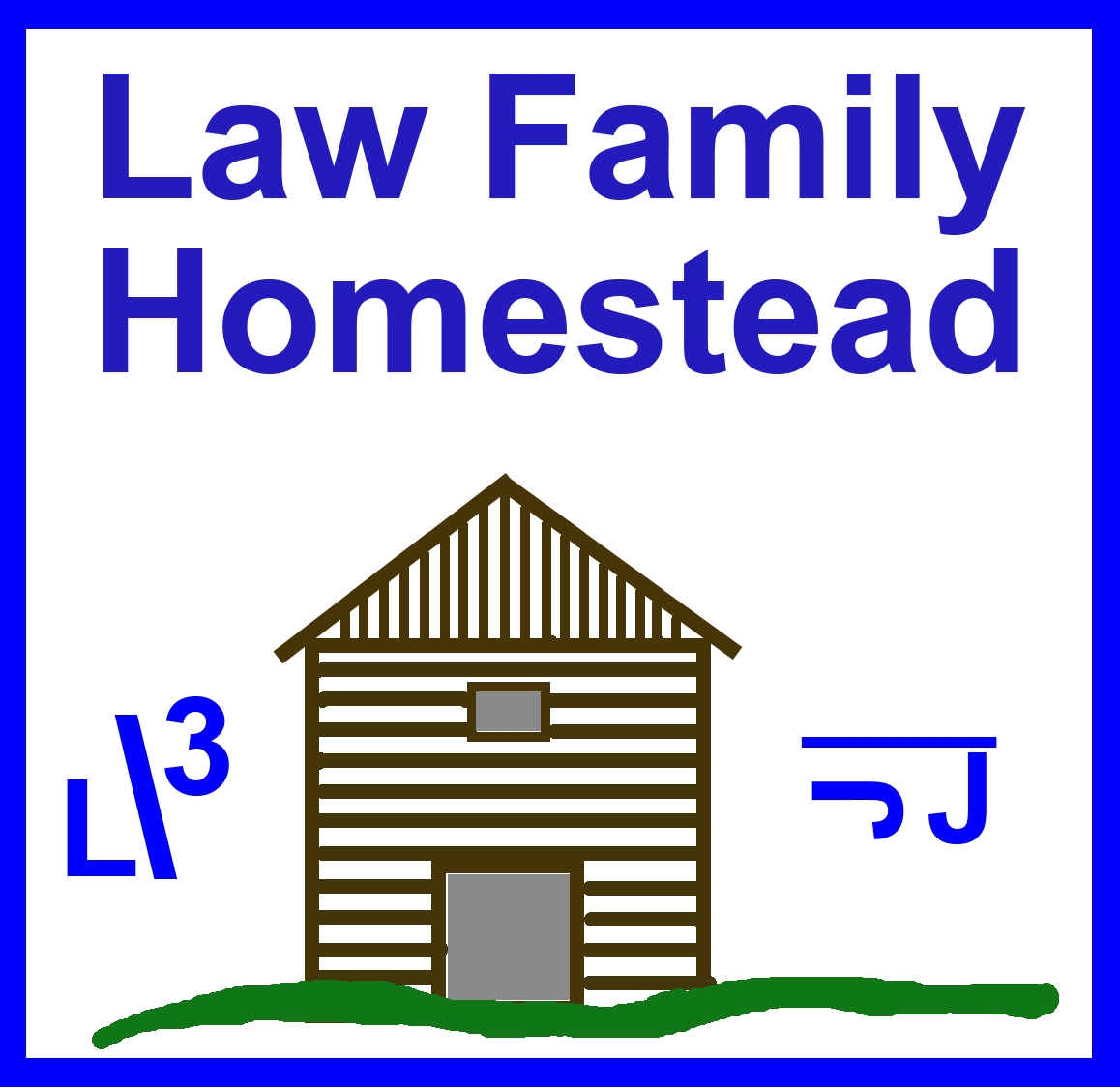Hello folks,
We have had questions about the history and health benefits of raw milk. What is raw milk and how is it helpful to our bodies? Our response has been, and still is, to recommend two books which are helpful in telling the story of raw milk. For those interested in an abbreviated version of the details found in these books, we are giving a book report of the first book entitled "The Untold Story of Milk". We will continue our book report, in several parts, over the coming year. Those interested in more thorough research may purchase the book and research its liberally footnoted resources.
Milk and Civilization Chapter 1, and Bovine Friends in North America Chapter 2
The beginning of animal husbandry and the consumption of animal milk is linked with the cultivation of grain. The history of animal husbandry is traced through Biblical times and into the middle ages. From its beginnings and throughout history, milk was a symbol of nourishment embraced by numerous people groups and portrayed in positive terms. The books of Moses speak of the promised land as a land "flowing with milk and honey." Milk, butter, and cheese are mentioned by Hesiod, Homer, and Herodotus in Greek history and are recommended by the great physician Hippocrates and later Aristotle.
The ancient documents or the Romans, Britons, French, and Welsh provide evidence that animal husbandry and dairying were central to the daily lives of these cultures. The plays of Shakespeare, during the Middle Ages, contain references to milk, butter, and cheese through figures of speech, metaphors, and similes.
The history continues in the new world where the first arrival of cattle originated with the Spanish in Vera Cruz, Mexico in 1525. The arrival and establishment of cattle in North America began in the 1500s by the Spanish in the Southeast but was not successful.
The English began to colonize the east coast in the 1600s, starting with Jamestown, Virginia in 1606. For the first couple decades, the cattle received inconsistent care, especially through the winter, and many died. From 1611-1616,under the direction of Sir Thomas Dale, the cattle received increased care, leading to better condition and growth in herd numbers. However, after Dale's departure to England, the cattle were once again left unattended as many colonists came to the new world in search of riches the Spanish found and were not educated nor interested in agricultural practices.
The neglected care of cattle continued through the 1700s with winter dairying being almost unknown as the cattle were left to forage for themselves during that time of year. Nevertheless, as continued infusions of cattle arrived in Jamestown, finally milk, butter, and cheese became plentiful and prosperity began to show around 1630.
No cattle were present in the Northeast when the pilgrims arrive at Plymouth in 1620, nor would there be until 1624. After the first cattle arrived, the condition of the settlers was greatly improved and the herd numbers increased quickly because of the excellent care they received from the colonists.
The founding of New Amsterdam in 1624 by the West India company began with livestock and farming tools. This averted the starvation problem the other colonies had felt. Dairying immediately thrived and what later became New York assumed the position as the center of cheese and butter making for the next several centuries.
As settlers began to move west, they took their cows with them into the Ohio valley. As early as 1707 cattle arrived in the Detroit, Michigan area.
The introduction of cattle to the west coast of North America isn't clearly identified, but it is known that by 1769, the Franciscan fathers who founded San Diego brought cattle with them.
Milk at the beginning of the 19th Century was unchanged from the milk that nurtured humanity for thousands of years. This would soon change as growing cities changed the way milk was processed.
(To Be Continued)

